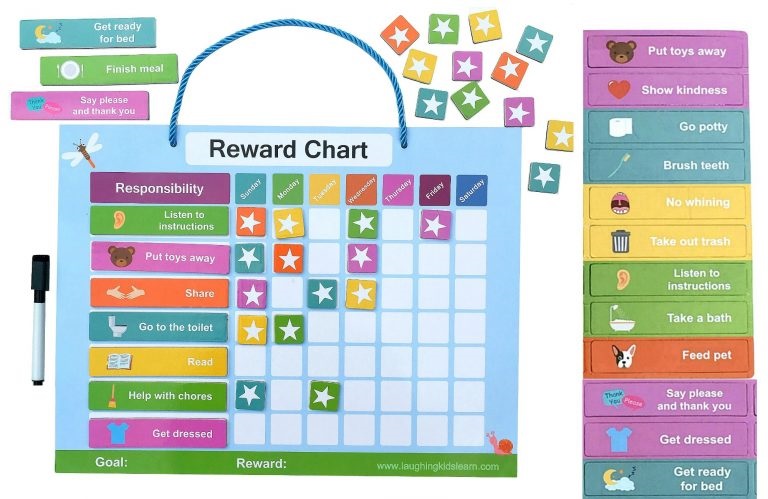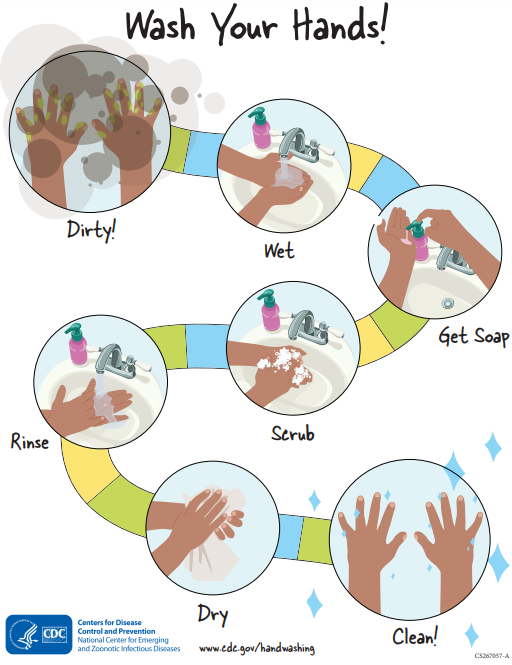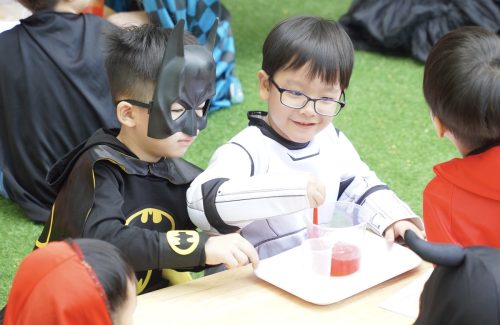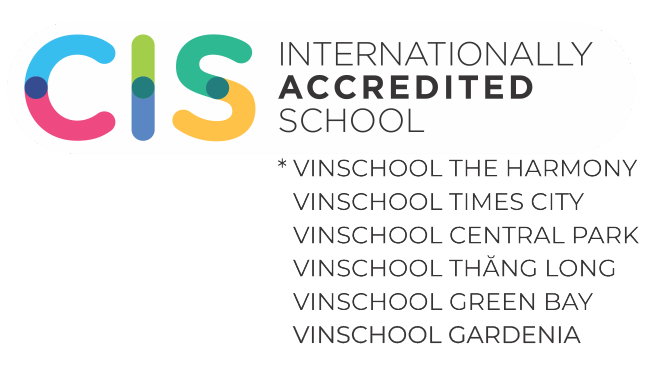Understanding self-help skills for preschoolers
Preschoolers are always motivated and want to serve themselves. This is a normal and healthy psychological manifestation of the child’s development. Self-help skills, also known as self-care skills, are usually divided into four main categories: self-feeding, self-dressing and grooming, personal hygiene, and voluntarily helping others with suitable tasks (e.g., house chores). From an educational point […]
Preschoolers are always motivated and want to serve themselves. This is a normal and healthy psychological manifestation of the child’s development. Self-help skills, also known as self-care skills, are usually divided into four main categories: self-feeding, self-dressing and grooming, personal hygiene, and voluntarily helping others with suitable tasks (e.g., house chores).
From an educational point of view, self-help skills play a very important role for children to develop gross and fine motor skills. They also equip children with the ability to provide complete self-care both physically and mentally. When encouraged to do tasks for themselves, children will be nurtured with confidence and a sense of responsibility, two of the many qualities needed by 21st-century citizens.
1. Self-help skills suitable for each age group
Parents should be mindful of the age-appropriate skills of the child, because if the skills are simple and there is no age-appropriate enhancement, the child will be bored, but if the expectations are too high, the child will be easily discouraged. The list of suggestions below can help parents determine the readiness of preschoolers in a few skills:
* Children from 12-18 months: With help, children can start to choose their own clothes (parents offer a few options), wipe their hands with a damp towel, wash their hands, and imitate parents holding spoons/ brushes, etc.
* Children from 18-24 months: Children can start to explore actively putting food into bowls, holding cups of water, washing their face and hands, brushing their teeth, putting clothes in the closet, hanging clothes on the hook, taking off clothes, taking off and putting shoes away, putting trash in the bin, etc.
* Children from 2-3 years old: Children start to learn how to use tissue paper, clean dishes when finished eating, pour water from a jug into a cup, self-dress, brush their hair, wear shoes without strings, put clothes in the laundry basket, clean stains, etc.
* Children from 3-4 years old: In addition to continuing to practice the skills of children aged 2-3, children in this age group can also practice buttoning clothes and tying shoes, bathing and making their own bed with support, using the sink to wash fruits or cups, and using simple cooking skills such as beating eggs, making sandwiches, slicing bananas, etc.
* Children from 4-6 years old: Children will have a better grasp of the skills practised at the younger ages and will now be able to dress themselves, choose clothes suitable to the weather, use brooms and mops, wash fruits/dishes/cups, and learn more cooking skills, such as picking vegetables or cutting ingredients with a safety knife.
2. Three important steps in educating children in self-help skills:
a) Take time and be patient
– Teaching children self-help skills from preschool age needs a lot of patience, but it is certainly a solid and extremely valuable path to support them to develop self-esteem as well as physical and mental health.
– Parents should take the time to teach and support children as they begin their learning, and gradually reduce the support when they start to do it themselves so that they build confidence and courage. Continue to supervise and monitor children as they practice these skills until they are completely able to do it alone.
– To make it easier to train, skills should be divided into several steps and used with visual aids such as pictures or icons to simulate interest, for example, Hand washing steps – wetting, taking soap, rubbing hands, rinsing with water, drying hands.
b) Planning and Practice
– Parents can set a “road map to independence” plan with children so that the practice of skills becomes a daily schedule, and gradually becomes a healthy habit for their child.
– Prepare tools for children and put them within their reach. Teach them to practice with tools from easy to difficult levels: from t-shirts to shirts, from silicone spoons to stainless steel spoons, from cordless shoes to corded, etc.
– The best way to teach children is by modeling, because preschoolers love to imitate. Parents can both follow and give simple verbal instructions to them and regularly teach them the steps to take until they do it right.
c) Encouragement and Recognition
– Parents should encourage their children to try to follow the steps themselves, but also help when necessary so that the children feel supported and not discouraged.
– Preschool children need the presence and companionship of their parents, especially the recognition and encouragement in each skill step. Parents should praise the children every time they complete new skills so that the children feel motivated to continue their learning journey.
3. Some great support tools to help children learn self-help skills
Self-help skills will become easier with some great support tools such as:
– Toys, dolls: Kitchen toys, gardening toys, or dolls for children to practice brushing their teeth or wearing clothes are simple ways that can help children become familiar with self-help skills before applying them to themselves.
– Storybooks, music, poetry and cartoon characters: Some narrative books about self-help skills that parents can read to children are: Kitten Brushing Teeth (Tre Publisher), Tip the Sleepless Mouse (Kim Dong Publisher), Independent Miu Miu – Self-eating (Phu Nu Publisher), Get Dressed, Max and Millie – Felicity Brooks, or Jesse Bear What Will You Wear – Nancy White Carlstrom. In addition, parents can use resources such as the series of songs “Baby practices brushing his teeth” or “10 fragrant fingers”, or cartoon characters that can inspire children to practice skills such as Peppa Pig.
– Use a reward chart: Some children who have difficulty with motor skills, processing, or remembering practical steps may be easily depressed or frustrated. But children are often very interested in small compliments and rewards that parents can “plan” through a reward chart with stickers to mark the work they have done and reward them weekly.

The parenting journey has never been easy. Every parent wants to surround, care for, and love their children to the best of their ability. Training and giving children opportunities to make their own choices and take care of themselves so that they can form their own independence early on is one of the golden keys for children to be more successful in the future.
Source: Child Care Extension & Technical Assistance and Training System







